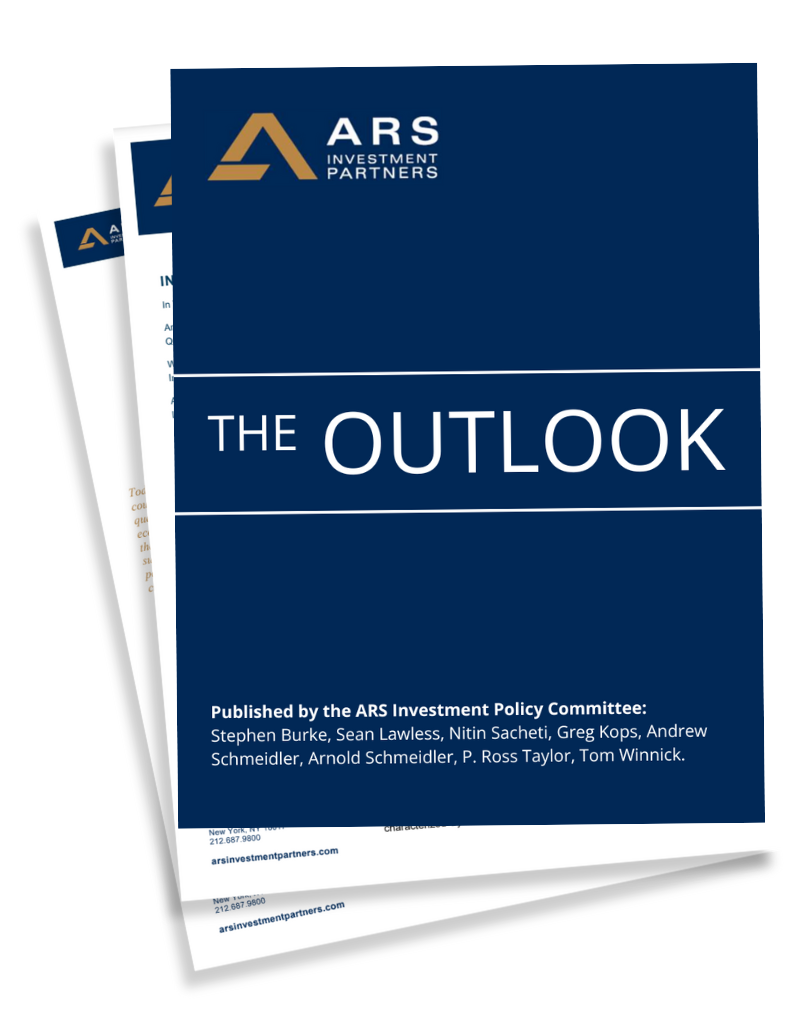Month: January 2023
With a World in Transition, New Opportunities Emerge
Download Outlook Now
The World at a Historic Inflection Point
For over five decades, our Outlooks have served to guide our investment security selections and inform our clients and prospects about our strategic perspectives. These publications reflect our approach to managing risk, capitalizing on opportunities, and generating strong returns, grounded in our analysis of economic conditions that influence interest rates, inflation, and corporate profits, which in turn affect stock valuations.

Executive Summary
Currently, the world faces a historic inflection point with significant economic, geopolitical, and social implications, highlighted by a sharper-than-expected global economic slowdown and unprecedented inflation levels. This backdrop is shaped by critical global challenges including national security threats, food and energy crises, and climate change.
We identify three pivotal shifts impacting investment strategies: rising cost of living, a shifting global geopolitical landscape, and the reindustrialization of the global economy. The rapid and significant nature of these changes has led to a reassessment of asset valuations over the past year. Investors must now prepare for a less stable geopolitical climate, higher living costs, and the potential for a global recession, alongside a fundamental shift in manufacturing and production due to reoriented global supply chains and advancements in digital process automation. This reconfiguration presents a major opportunity for the United States and is likely to redefine market leadership, continuing to drive innovation across all sectors.
Outlook Highlights
Cost-of-Living Increase
With inflation remaining high, the economic environment is adjusting to increased living costs driven by pandemic-related imbalances, higher energy prices, and broader price pressures. This situation is intensifying the Federal Reserve’s focus on achieving and potentially re-evaluating its 2% inflation target.
Global Fragmentation and Geopolitical Shifts
The current geopolitical landscape is undergoing significant transformations, challenging the post-Cold War international order and escalating geopolitical competition. This is compelling nations to reconsider trade and security alignments, with countries like Japan and Germany reassessing their defense spending and strategies.
Reindustrialization of the Global Economy
The U.S. is poised to reclaim a leadership role in global manufacturing, driven by governmental incentives and shifts in global supply chains catalyzed by recent geopolitical tensions and pandemics. This shift back to domestic manufacturing is expected to significantly boost the U.S. economy.
Legislative Changes and Economic Impact
Recent U.S. legislative measures, including significant infrastructure investments and advancements in semiconductor technologies, are reshaping the industrial landscape. These changes are likely to drive substantial capital flows into the U.S., despite potential recessionary pressures.
Our Perspective
In this transformative era, our focus remains on identifying companies with strong balance sheets and growth potential that are positioned to navigate these changes effectively. We are particularly optimistic about sectors enhanced by legislative actions aimed at infrastructure, technology, and defense.
Furthermore, while global uncertainties persist, innovation continues to drive change across all sectors, creating new market leaders and investment opportunities. We believe that staying ahead of these trends and adjusting investment strategies accordingly will be crucial for achieving long-term success in this dynamic environment.
Disclaimer
The information provided in this report is for informational purposes only and is not intended as investment advice, or an offer or solicitation for the purchase or sale of any financial instrument. This report is provided on the condition that it does not form a primary basis for any investment decisions. The opinions and analyses included in this report are based on current market conditions and are subject to change. ARS Investment Partners, LLC will not be responsible for any investment decisions based on this report. Please consult with a qualified financial advisor before making any investment decisions.
Want More of The Outlook?
Sign up to receive The Outlook — our timely newsletter featuring our investment and economic thinking — and highlights from our latest market insights will be emailed directly to your inbox.









